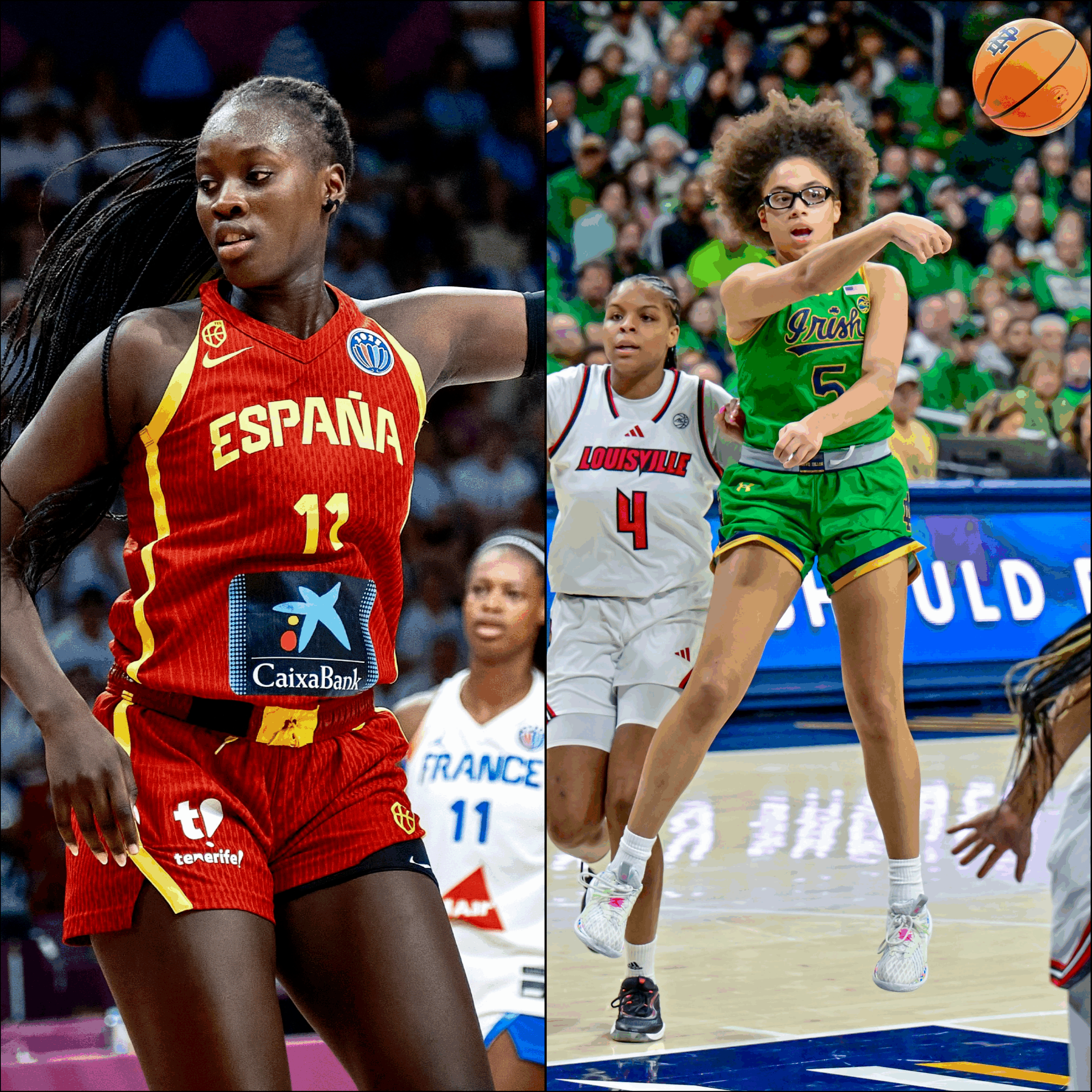That trend is about to change.
The 2027 and 2028 classes together feature just one center among their first round prospects, and no one at least 6’4 is even close to consideration. It is a continuation of a trend that’s been accelerating in recent years: From the W’s expansion to 12 teams in 1999 through 2020, the median number of first-round centers was five, and only three drafts featured three or fewer first-rounders who were centers or projected to play center.1 Since then, it’s happened thrice,2 with the 2025 class only having one such player, the first time that’s happened in league history.
www.thenexthoops.com
The most detailed 2026 WNBA draft resource available outside a team’s actual war room
Our prospect rankings aren’t reflective of how teams will draft, of course; the WNBA is still run through the frontcourt, and having at least a borderline All-W-caliber center has effectively been a requirement for title contention in the League Pass era (since 2015). Teams outside contention need 5s, so they’ll take ill-advised swings in the draft. Even in 2017, when there was only one 40+ FV prospect at least 6’3 (Brionna Jones), three centers were drafted in the top eight.3
So if Ashlyn Watkins is healthy and doesn’t recidivate the alleged behavior that led to her arrest on assault charges — charges that were dropped — she’ll almost certainly be a first-round pick in 2027. Clara Strack would need significant offensive development to crack a 45 grade and make our top 12 in that class, but if history is any indication, she’s likely to be drafted there just because she’s the next-best center. The same goes for Toby Fournier, who is the top center in the 2028 class but has not played up to a draftable grade yet.
It’s hard to pin down the cause of this shift. Most likely, it’s a confluence of natural variations in talent and a deeper shift in the women’s game. Regarding the former, there was a similar dearth in center prospects in the mid-2010s, with only one center in each of the 2015-18 classes at least a 45, and only two above a 50. This was immediately followed by a 2019 class that included Alanna Smith, Jessica Shepard, Brianna Turner and Teaira McCowan. The net effect of that stretch was that there was a disproportionate number of centers over 30 in the W the past few years.
Want even more women’s sports in your inbox?
Subscribe now to The IX Sports and receive our daily women’s sports newsletter covering soccer, tennis, basketball, golf, hockey and gymnastics from our incredible team of writers. That includes Basketball Wednesday from founder and editor Howard Megdal.
Readers of The IX Basketball now save 50% on their subscription to The IX.
Regarding the deeper shift in the game, it’s not surprising that as women’s basketball moves toward a heavier focus on guards and wings, centers’ jobs become easier, and the emphasis on star play in the post is lessened at the youth levels. In ESPN’s recruiting rankings, the number of posts within their top 100 has halved over the past decade, even as the number of players at least 6’4 has slightly increased.
Those taller players are now listed as forwards (or, in some cases that look silly in hindsight, guards). As centers’ jobs become easier, it’s harder to stand out as a post player, and the centers of yesteryear are trying to diversify their games. Sometimes that leads to Cameron Brink and Awa Fam. Sometimes that leads to Alissa Pili and Lorela Cubaj.
It will take several years before we can figure out for sure whether this is going to be more of a long-term shift or a continuing trend briefly accentuated by a few down years at the position. Until then, it’s up to WNBA teams what they’re going to do about it.


